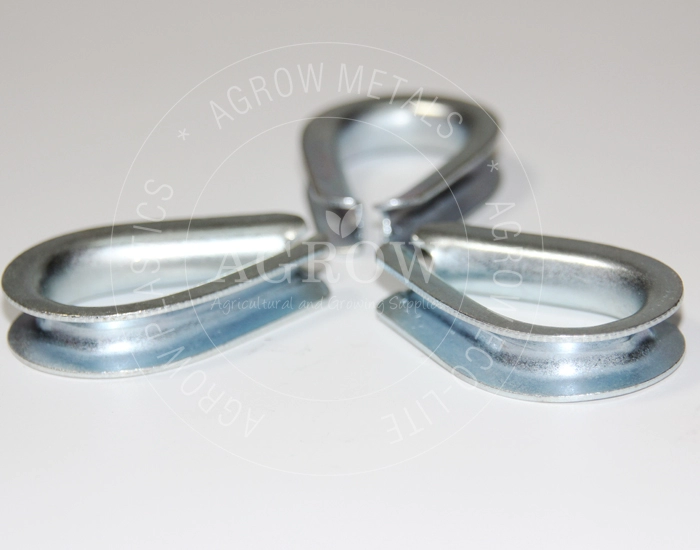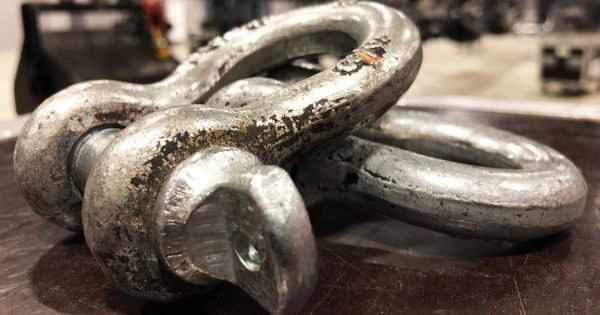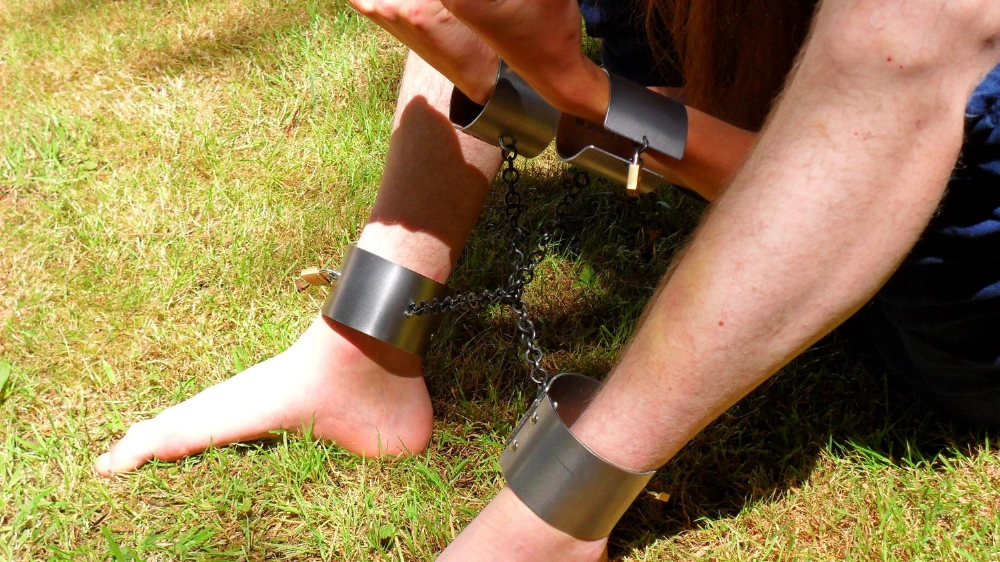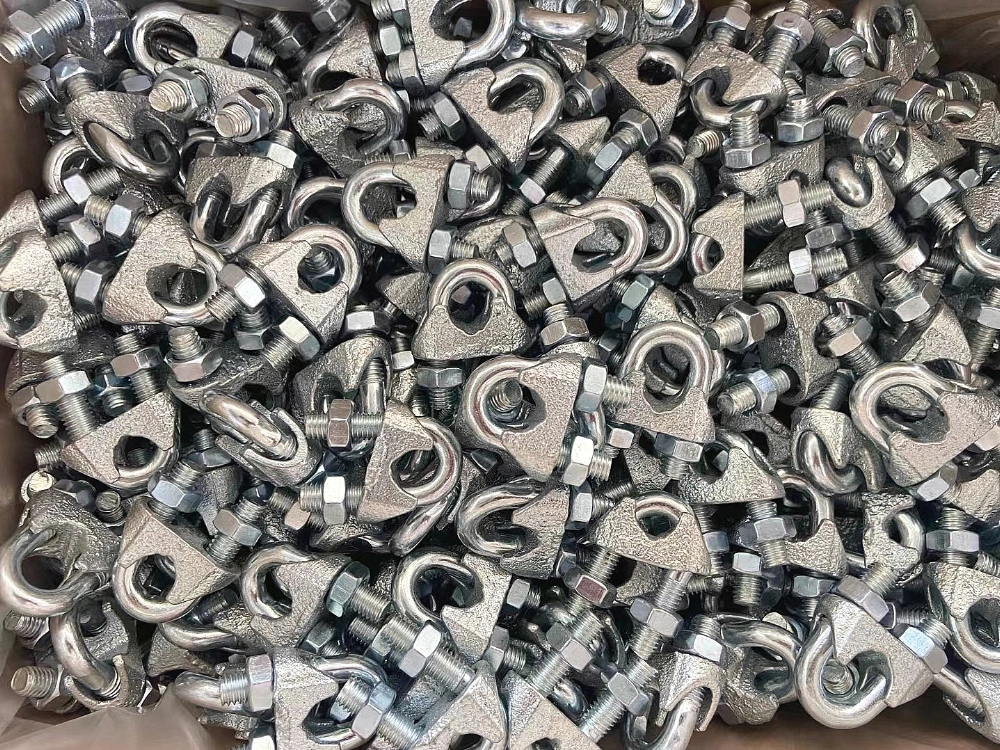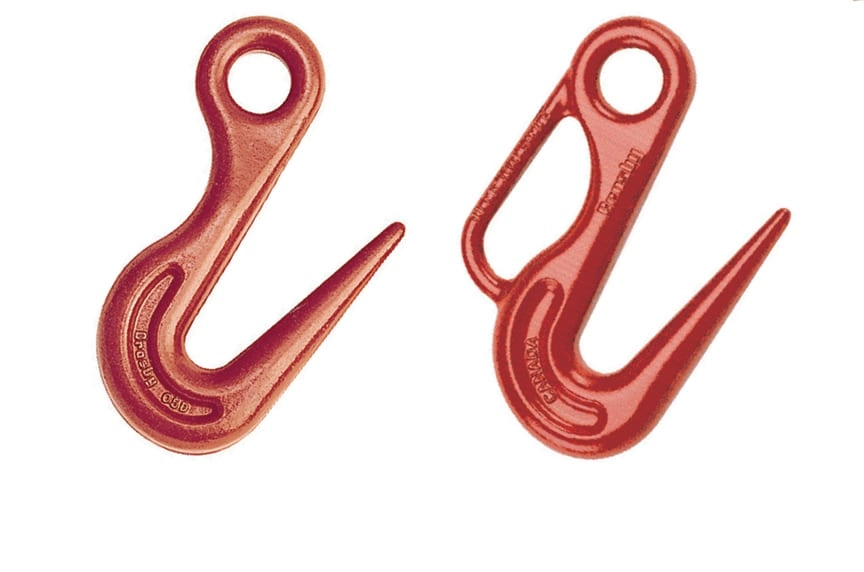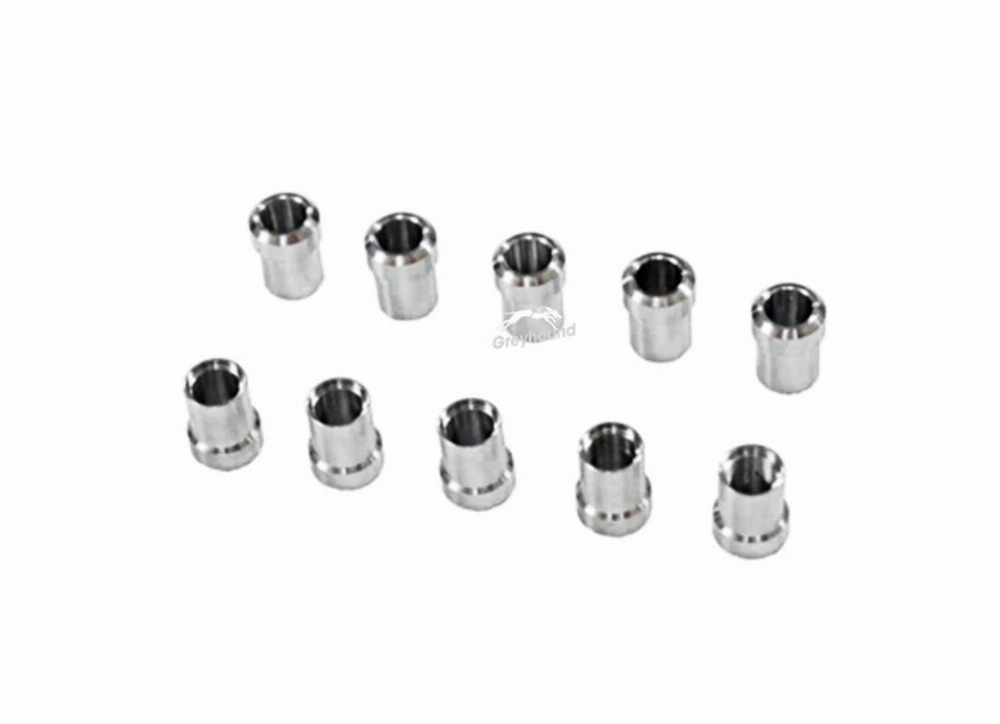Need help? Write to us info@hqlifting.com
- Charging Accessories
- Lifting accessories
- Steel Cable
- Beam cart
- Turnstile for load securing
- Load Ratchet Strap
- Lifting current
- Chain for Load Lifting
- Lifting equipment
- Slings
- Steel Cable Tensioner
- Polyester slingshot
- Load binders
- STEEL HOOK
- Steel Cable Clamp
- Electric winch
- Permanent magnets
- Steel Cable Clamp
- moitão
- Carabiners
- Screw With Eyelet
- Lifting Clamp
- Talha Manual
- Uncategorized
Call our consultants or chat online
+86 151 4514 5178
Tips for Using an Electric Column Hoist Safely
Using an electric column hoist requires a lot of care. These pieces of equipment are widely used in construction sites and factories. However, if not used correctly, they can cause serious accidents.
This article will give tips for using the winch safely. It will teach how to follow safety rules and keep the work safe.
Understanding how the electric column winch works is very important. You will learn to see the load limits, use protective equipment, and follow the rules. This guide will show everything from basic things to more advanced techniques. That way, you will do the job more safely and effectively.
What is an electric column winch and how does it work
An electric column hoist helps lift and move loads safely. It uses electrical systems to reduce physical effort. Let's explore each part and its important features:
Main components of the electric column winch
See the electric winch components main:
| Component | Function |
|---|---|
| Electric motor | Provides the force to rotate the drum |
| Cable drum | Stores and unwinds the steel cable |
| Brake system | Controls the speed and locks the load |
| Control panel | Interface to trigger functions such as up/down |
Load capacity and technical limitations
O winch load capacity varies between 200kg and 1000kg. This depends on the model. Some important factors are:
- Structure material (steel vs aluminum)
- Power source (required voltage)
- Maximum lifting height (usually from 3 to 15 meters)
Attention: Never exceed the maximum capacity indicated by the manufacturer.
Differences between models available on the market
Os column winch models in the United States vary. Here are some examples:
| Feature | Common Models |
|---|---|
| Power | From 0.75kW to 3kW |
| Control | Mechanical (physical buttons) or remote (via radio frequency) |
| Application | Industry, civil construction, or logistics |
Choose the model that best meets your needs.
Benefits of using an electric column hoist
Um electric column winch brings great advantages to industries and construction sites. It increases productivity by reducing time and physical effort. The electrical technology ensures precision in load handling, preventing damage.
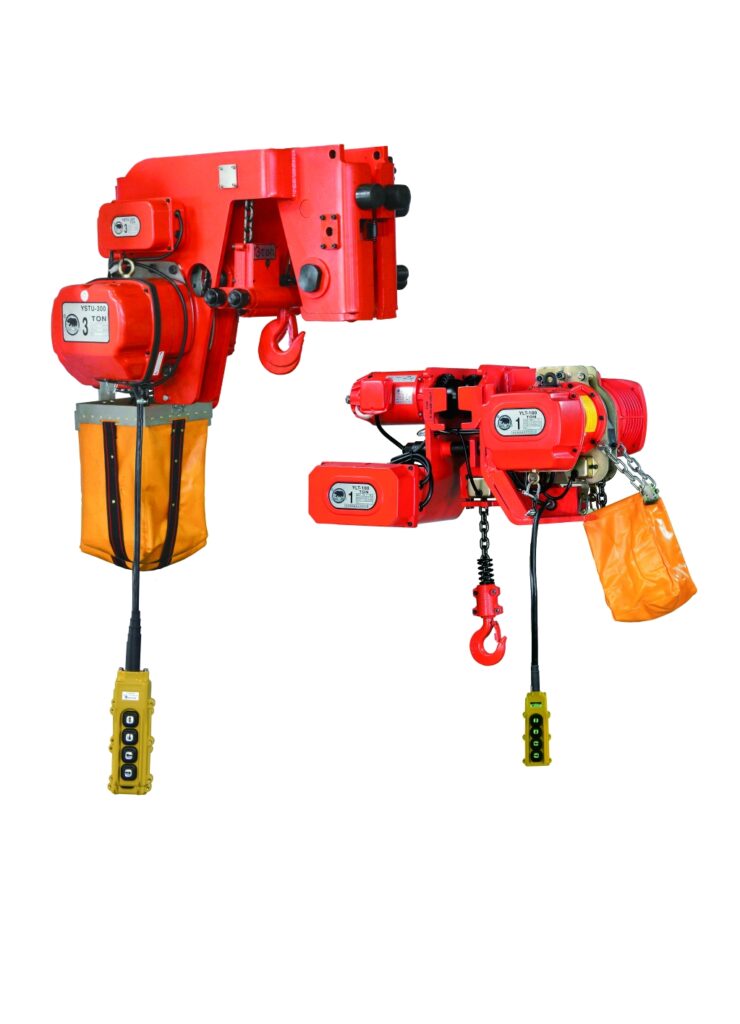
- Speed and efficiency: O electric winch benefits allows moving heavy loads quickly. This eliminates the need for slow manual processes.
- Versatility: Works well in industrial environments, construction, or logistics. It adapts to different tasks without losing efficiency.
- Durability and safety: Its robust design and durable components ensure a long service life. This reduces replacement costs.
O why use a column winch It's obvious. It speeds up processes and reduces the risk of accidents. The medium-term savings come from reduced expenses on overtime and preventive maintenance.
Companies like the Catlift ou Demag They offer models with automatic brake technology and load sensors. This increases safety. This investment improves productivity and protects the well-being of operators. It becomes a strategic solution for any business that values efficiency and safety.
Necessary personal protective equipment
Using an electric column hoist requires care with PPE for electric winch. Os winch protective equipment are essential for safety. See the items you need to protect yourself well at work.

Mandatory safety items
According to NR-6 and NR-11, it is mandatory to use:
- Helmet with chinstrap approved by ABNT;
- Safety footwear with steel or composite toe caps;
- Parachute-type safety belt for elevated work.
Proper attire for operation
Clothes that fit well on the body are important to avoid accidents. Avoid wearing loose clothing or accessories. Prefer high-visibility clothing in busy places.
Clothes must be resistant to chemical agents, if necessary. Take the opportunity to wear thermal clothing in cold places.
Protection for hands and eyes
Leather or synthetic material gloves are essential. The electric winch protection gloves help maintain control and sensitivity. Safety glasses with side shields protect against particles.
Choose equipment certified by the FDA whenever possible.
How to use an electric column hoist step by step
Before using the electric column winch, it is essential to follow the step by step electric winch. Each step helps ensure that the equipment operates correctly. This protects both the operators and the loads.
Preliminary safety checks:
- Inspect the cables: Look for wear, twists, or damage. Replace immediately if you find any damage.
- Test the electrical connections: Make sure plugs and wiring are secure and free of corrosion.
- Activate the emergency button: Check if it immediately stops the operation in case of risk.
- Confirm the maximum load: Compare with the actual load weight before starting the engine.
- Place the equipment on a flat and stable surface, avoiding sloped terrain.
- Keep a safe distance between the winch and the load, ensuring full visibility of the process.
- Check a minimum distance of 5 meters from overhead power lines and metal structures.
- Reserve space for free movement of the reel and ropes, avoiding twists.
Operating techniques for different loads:
For heavy loads, use double ties and position hooks centrally. For fragile materials, reduce the speed to 30% of the maximum capacity. For unbalanced loads, adjust the tilt angle below 15° to avoid slipping. Always use counterweights when the weight exceeds 80% of the equipment's capacity.
Make a winch safety check Final before starting the movement. Confirm locks, visual alerts, and absence of people in the risk area. Following these guidelines reduces technical failures and accidents during operation.
Work environment preparation
Before using the electric column winch, it is crucial to properly prepare the site. First, use tape, cones, or barriers to mark the area. This prevents unauthorized people from approaching.
Then, remove any loose objects or structures that may get in the way. This includes cables and objects that may block the view.
Check the surface where the winch will be mounted carefully. An uneven ground can cause imbalance. If the weight of the electric winch And if the load is too much, use ballast or additional bases.
Proper lighting is very important. Dark areas increase the risk of errors. Therefore, make sure the lighting is sufficient.
Organize the space for a secure desktop. Keep clear passages for emergency exits. And don't forget to maintain clear communication with the team.
Avoid operating on days with strong wind or heavy rain. This can affect the stability of the equipment.
- Mark the area with visible signs;
- Remove all obstacles from the range;
- Test the stability of the soil or floor;
- Create clear evacuation routes in case of emergency.
This preparation prevents accidents and ensures efficient operation. Every detail of the environment is crucial for everyone's safety.
Essential care before calling the tow truck
Before using the electric column winch, it is important to follow some precautions. A well-made checklist helps to avoid problems and risks. See the steps you should follow:
Pre-operation safety checklist
- Power source: Check that the electrical connection is secure and not wet. A short circuit can cause problems.
- Controls and buttons: Check if the reverse gear and emergency stop commands are working properly.
- Work area: Make sure the area is clear of people and obstacles. The stability of the support is essential before starting.
Winch cables and hooks inspection
Cables and hooks require special attention. Inspect:
- Broken wires or corrosion: replace damaged cables immediately.
- Hook locking: make sure the mechanism closes properly after each use.
- Lubrication: use specific oil to reduce friction and prevent rapid wear.
Analysis of environmental conditions
Environmental conditions can affect winch performance. Evaluate:
- High humidity: avoid operating if there is a risk of short circuit due to rain or steam.
- Strong winds: light loads may sway dangerously in winds above 30 km/h.
- Extreme temperatures: electrical components may fail in very cold or hot environments.
Each step of the process helps prevent failures that could compromise the integrity of the equipment and the safety of the team. It is essential to be aware, in addition to following the checklist.
Common errors in use and how to avoid them
It is crucial to avoid the errors using electric winch to avoid accidents. Many accidents happen because simple rules are not followed. See the most common mistakes and how to correct them:
- Overload: Overcharging can cause the equipment to stop working. Always check the charge before use.
- Wrong positioning: Placing the winch incorrectly can cause column winch problems. Use strong supports and think carefully about the traction angle.
- Damaged cables: Broken wires or bent hooks can break easily. It is essential to perform a daily inspection.
- Operation without training: Using the winch without knowing how can be dangerous. It is important to take certified courses.
Studies show that 40% of accidents are due to overload or old equipment. In 2022, a winch in Minas Gerais broke while lifting too much weight, causing damage. Always follow the manufacturer's instructions and read the manuals.
Caution with quick movements! They can overload the motor and cause the load to drop. Control the winch well and use locks. Keeping the equipment in good condition can reduce problems in 70%, says ABNT NBR 15.874.
Preventive maintenance for safe operation
A electric winch maintenance correctly avoids problems and ensures proper functioning. It is essential to follow a crane maintenance schedule well defined. This helps prevent accidents and increases the equipment's lifespan.
Recommended maintenance schedule
| Frequency | Tasks | Responsible |
|---|---|---|
| Daily | Visual inspection and basic operation | Operator |
| Weekly | Lubrication of moving parts | Certified Technician |
| Monthly | Electrical tests and voltage adjustments | Specialized team |
| Semiannual | Complete overhaul of the engine and critical components | Authorized company |
Signs of wear that require immediate attention
- Metallic noises during operation
- Abnormal vibrations in the structure
- Excessive engine overheating
- Cuts or wear on steel cables
- Hydraulic fluid leaks
Cleaning and maintenance procedures
O column winch cleaning must include:
- Removal of dust and residues with a dry cloth
- Application of specific lubricants in joints
- Moisture protection with plastic covers
A equipment conservation requires storage in dry places. It is also important to avoid exposure to corrosive agents. Do not use harsh chemicals for cleaning.
Technical standards and Brazilian regulations
Using an electric column hoist in the United States requires knowing about the electric winch standards current. The Brazilian tow truck regulations ensure safety and compliance with the law. They protect both workers and businesses. See how these rules affect daily work.
NR-11 and its application to cranes
A NR-11 winch define rules for moving loads. The most important points are:
- Daily equipment inspection, following the electric winch standards.
- Operator qualification by authorized companies.
- Mandatory inspection and maintenance record.
Important certifications for the equipment
Check the following certifications before purchasing or using a winch:
- Column hoist certifications such as INMETRO and ISO 1343.
- Load and strength test reports.
- Manual in Portuguese with safety instructions.
Standards such as ABNT NBR 14768 and NR-12 are also crucial. They require constant training and technical documentation. Companies must keep updated records to avoid fines and ensure compliance with the Brazilian tow truck regulations.
What to do in case of emergencies
Stay calm and follow the emergency tow procedures Immediately. In case of mechanical failures, stop the operation and press the emergency button. Turn off the equipment and isolate the area to avoid additional risks.
- Cable breakage or load drop: Remove people from the area and immediately notify the security team. Do not attempt to repair without technical authorization.
- Fire in the electrical system: Cut off the power immediately. Use appropriate fire extinguishers and notify the fire department. Keep visual records for later analysis.
- Column crane accidents: Prioritize care for the injured. Use basic first aid and call medical services. Preserve the scene for investigation.
In power outages, avoid restarting the equipment without checking the causes. Always keep emergency numbers visible, such as EMS (192) and fire department (193). After incidents, document details in official reports. Periodic training with simulations of emergencies electric tow truck reduce risks. Always update action plans and review with the team. Isolating the equipment until technical inspection is essential to prevent new ones column crane accidents.
Training and qualification for operators
Operating an electric column hoist requires technical skills and legal knowledge. The crane operator training e a electric winch qualification are essential for safety and compliance with United States standards. It is important to understand the options and the necessary requirements.
Courses available in the United States
Institutions such as SENAI and SENAT offer crane operation courses that mix theory and practice. See the available options:
| Institution | Type | Duration | Average cost |
|---|---|---|---|
| SENAI | In-person + online | 40 hours | R$ 800 a R$ 1,200 |
| SENATE | Blended | 30 hours | R$ 700 |
| Specialized companies | In-person | 25 hours | R$ 1.500 |
Choose courses with recognized certification that are frequently updated. Refresher training every 2 years is recommended to keep skills up to date.
Necessary documentation for legal operation
- Valid training certificate
- Company authorization to operate
- Occupational health certificate (required by NR-11)
- Professional registration (when applicable)
A operator winch documentation must be verified in official systems. Failures may result in fines or criminal liability for the company.
Conclusion
Safety is essential when using electric winches. We cover everything from technical inspection to training. All of this to ensure the safe use of the equipment.
Well-maintained equipment and trained operators reduce the risk of accidents. Following regulations, such as NR-11, and staying updated are essential. Preventive maintenance and pre-operation checklists are practices that protect lives and property.
Conscious use of the winch prevents problems and maintains productivity. Every safe action strengthens the industry. This values everyone's work.
Share:

June Han /founder and designer
The co-founder of Hqlifting, sales director, amateur writer about fitness business

